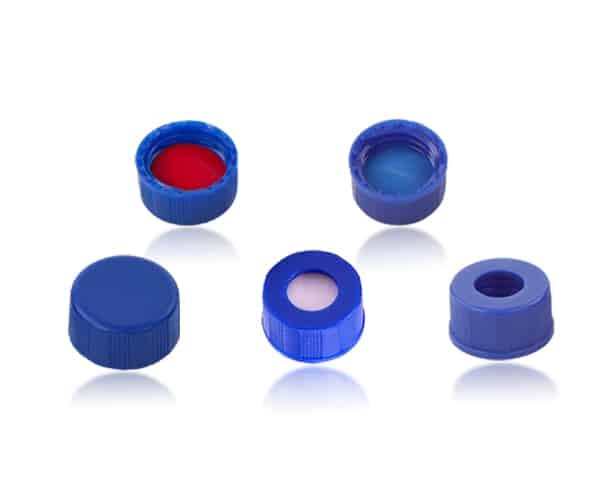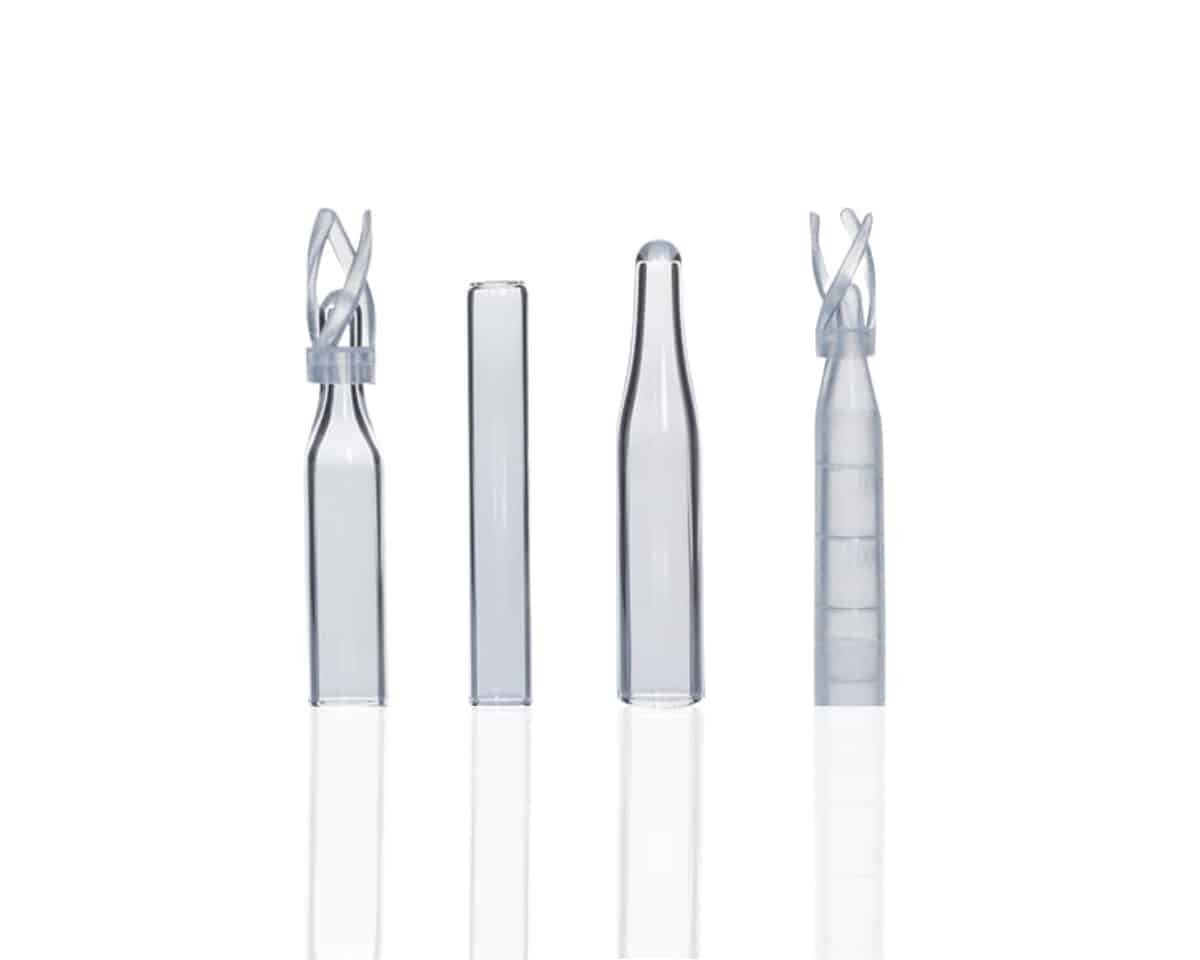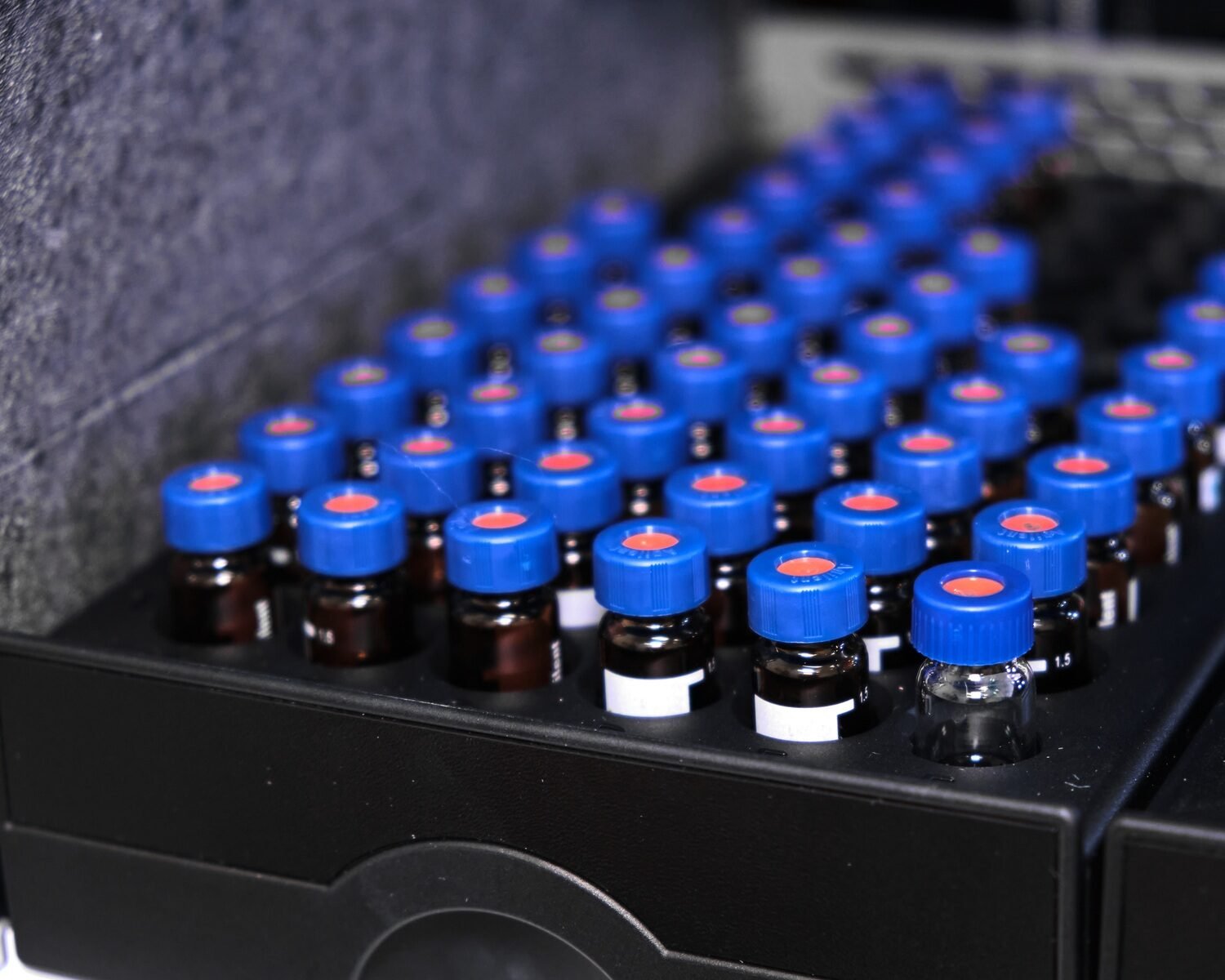Introduction: The Role of HPLC in Food Safety and Quality Control
Food safety and quality control have never been more critical. With increasing concerns over food contamination, adulteration, and mislabeling, regulatory bodies worldwide are implementing stricter guidelines to ensure food products are safe for consumption.
One of the most powerful analytical tools in food testing is High-Performance Liquid Chromatography (HPLC). Used to detect contaminants, verify nutritional content, and ensure regulatory compliance, HPLC provides accurate, reliable, and reproducible results. From identifying pesticide residues in fruits to confirming vitamin concentrations in supplements, HPLC plays a crucial role in safeguarding public health.
This article explores:
✔ Common food contaminants detected using HPLC
✔ How HPLC is used for nutritional labeling
✔ Regulatory standards for HPLC-based food testing
✔ Advances in rapid screening techniques
✔ A real-world case study on improving food safety with HPLC
Let’s dive into how HPLC is shaping the future of food analysis.
1. Common Contaminants Detected Using HPLC
One of the primary uses of HPLC in food analysis is to detect harmful contaminants, which can pose serious health risks. These contaminants can originate from pesticides, heavy metals, mycotoxins, antibiotics, and food additives.
1.1 Pesticide Residues
🚩 Why It’s a Concern: Pesticides are widely used in agriculture, but their residues can remain in food and exceed safe levels.
🔬 HPLC Application:
- Reversed-phase HPLC (RP-HPLC) combined with UV or mass spectrometry (LC-MS/MS) detects pesticide residues in vegetables, fruits, and grains.
- Example: Detection of glyphosate (a controversial herbicide) in cereals and soy-based foods.
1.2 Mycotoxins (Fungal Toxins)
🚩 Why It’s a Concern: Mycotoxins, like aflatoxins, are toxic compounds produced by fungi in stored food products.
🔬 HPLC Application:
- Fluorescence detection (FLD) and UV detection methods analyze mycotoxins in nuts, grains, and dairy products.
- Example: HPLC identifies ochratoxin A in coffee and wine.
1.3 Antibiotic Residues in Animal Products
🚩 Why It’s a Concern: Overuse of antibiotics in livestock farming can lead to resistant bacteria in food.
🔬 HPLC Application:
- HPLC-MS/MS is widely used to monitor antibiotic residues in meat, milk, and eggs.
- Example: Detection of tetracyclines and sulfonamides in poultry and seafood.
1.4 Artificial Additives and Food Dyes
🚩 Why It’s a Concern: Some food colorants and additives can cause allergic reactions and health risks.
🔬 HPLC Application:
- Isocratic HPLC methods separate artificial colorants in candies, soft drinks, and processed foods.
- Example: Testing for tartrazine (Yellow 5) and Allura Red (Red 40) in beverages.
By identifying contaminants with high sensitivity and specificity, HPLC ensures consumer safety and regulatory compliance.


2. Applications in Nutritional Labeling and Food Composition Analysi
HPLC isn’t just about detecting contaminants—it’s also crucial for verifying nutritional content in food products.
2.1 Vitamin Analysis
✔ Vitamin C (Ascorbic Acid) – Detected in fruit juices and supplements using RP-HPLC with UV detection.
✔ Vitamin D and A – Fat-soluble vitamins requiring HPLC-MS for precise quantification in dairy and fortified foods.
✔ B Vitamins – HPLC with fluorescence detection (FLD) is used to analyze B1 (thiamine), B2 (riboflavin), and B6 (pyridoxine) in cereals and energy drinks.
2.2 Amino Acid and Protein Profiling
✔ Used in infant formula and sports supplements to ensure protein quality.
✔ HPLC with pre-column derivatization allows detection of essential amino acids.
2.3 Sugar and Carbohydrate Analysis
✔ Refractive Index Detection (RID) in HPLC is used for glucose, fructose, and lactose analysis in dairy and soft drinks.
✔ Example: Verification of sugar content in honey to detect adulteration.
Ensuring the correct labeling of food products helps prevent fraud, protect consumers, and maintain brand integrity.
3. Regulatory Standards for HPLC-Based Food Testing
Food safety regulations vary across regions, but HPLC plays a role in global compliance.
3.1 U.S. Food and Drug Administration (FDA) Guidelines
✔ The FDA sets limits on pesticide residues, food additives, and heavy metals in processed foods.
✔ HPLC methods must meet Good Laboratory Practices (GLP) and ISO 17025 accreditation.
3.2 European Food Safety Authority (EFSA)
✔ The EFSA regulates mycotoxins, veterinary drug residues, and allergens.
✔ HPLC-MS is widely used for food authentication and safety assessments.
3.3 Codex Alimentarius (WHO/FAO)
✔ International food safety standards that dictate HPLC-based analysis methods.
Meeting regulatory standards is critical for international trade and consumer trust.
4. Advances in Rapid Screening Techniques
Traditional HPLC methods can be time-consuming, but advancements in rapid screening techniques are improving efficiency.
4.1 Ultra-High-Performance Liquid Chromatography (UHPLC)
✔ Reduces analysis time by up to 50% compared to conventional HPLC.
✔ Higher resolution and sensitivity for complex food matrices.
4.2 HPLC with Tandem Mass Spectrometry (HPLC-MS/MS)
✔ Detects trace levels of contaminants with high selectivity.
✔ Used for multiresidue pesticide screening in fruits and vegetables.
4.3 Portable HPLC Devices
✔ Allows on-site food testing for immediate contamination detection.
These innovations increase throughput and improve real-time decision-making in food analysis.
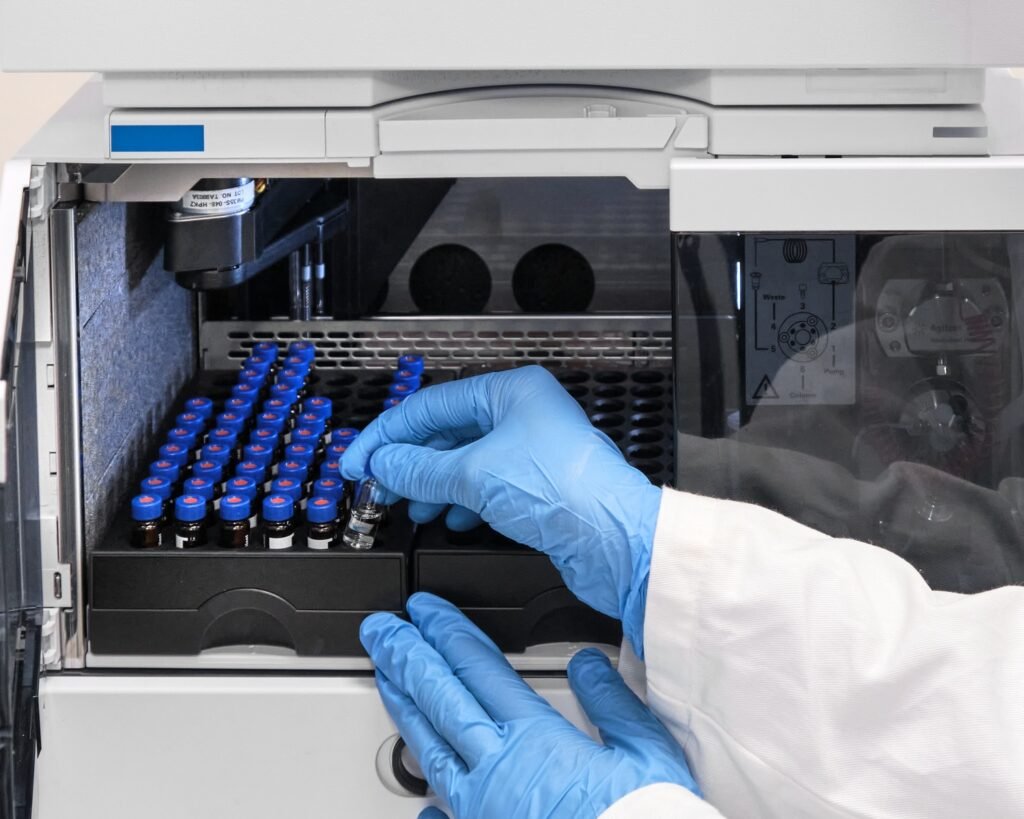
5. Case Study: How HPLC Improved Food Safety in a Major Company
A global dairy manufacturer faced recalls due to excess antibiotic residues in milk products. Their existing testing method was too slow to detect contamination before distribution.
Challenges Faced:
🚩 Delayed detection of antibiotic residues in raw milk.
🚩 High batch rejection rates, leading to financial losses.
Solution: Implementing HPLC-MS/MS for Rapid Screening
🔹 Installed HPLC-MS/MS systems at processing plants.
🔹 Developed a fast, 15-minute antibiotic screening method.
🔹 Ensured compliance with EU and FDA safety regulations.
Results:
✔ Reduced contamination rate by 85%.
✔ Cut testing time from 6 hours to under 30 minutes.
✔ Increased product safety and regulatory approval rates.
This case study highlights how HPLC improves food safety, quality, and compliance.
Conclusion: The Future of HPLC in Food Analysis
HPLC continues to be an indispensable tool in food analysis, ensuring products are safe, properly labeled, and compliant with global regulations. With advancements in UHPLC, HPLC-MS/MS, and automation, the future of food testing is faster, more efficient, and highly precise.
🔹 For detecting contaminants: HPLC ensures food safety.
🔹 For nutritional labeling: HPLC verifies composition.
🔹 For regulatory compliance: HPLC meets international standards.
As food safety regulations tighten, labs must adopt cutting-edge HPLC technologies to stay ahead. The question is—is your food analysis lab prepared for the next wave of innovation? 🚀
Mastelf, with over 13 years of experience in chromatography vials, we can help you find the exact vials you need for your applications.
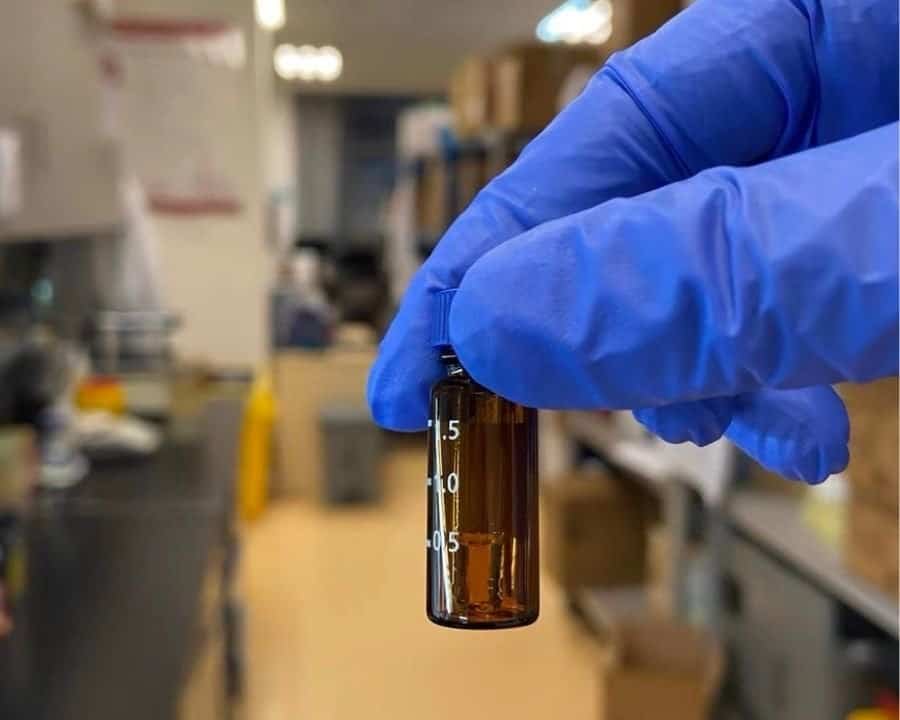
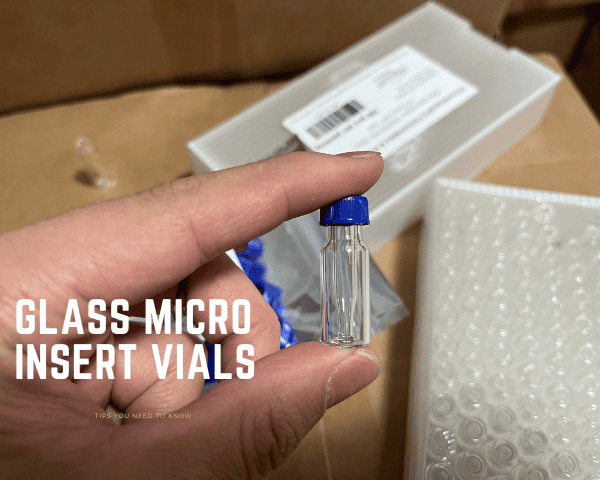
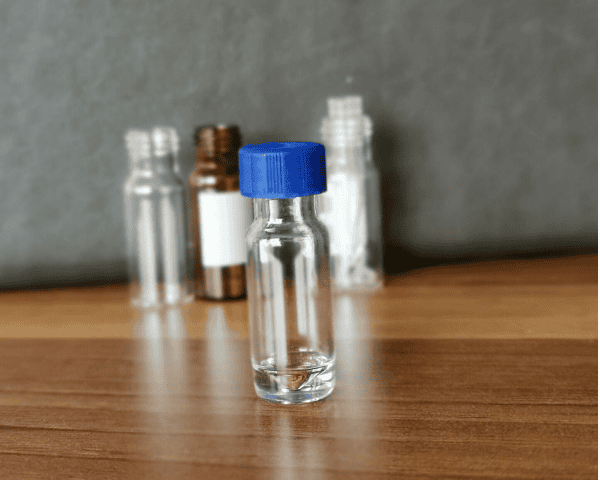
Our expertise ensures that you get reliable and precise products tailored to your specific requirements. Whether you’re in pharmaceuticals, research, or any other industry relying on HPLC, we understand your needs and are here to support you in making the right purchase.
Reach out to Mastelf, and let us assist you in procuring the perfect vials for your work.
FAQs
1. Why is HPLC preferred for food analysis?
HPLC provides high sensitivity, accuracy, and reproducibility for detecting contaminants and verifying nutritional content.
2. How does HPLC detect food fraud?
HPLC can confirm authenticity by analyzing sugar, protein, and fat composition to detect dilution or substitution.
3. Can HPLC detect allergens in food?
Yes! HPLC-MS/MS is used to identify trace allergens like gluten and peanut proteins.
4. How does UHPLC improve food testing?
UHPLC reduces analysis time and solvent consumption, making food testing faster and more efficient.
5. What’s the future of HPLC in food analysis?
Advancements in automation, AI-powered analysis, and portable HPLC devices will revolutionize real-time food safety testing.




